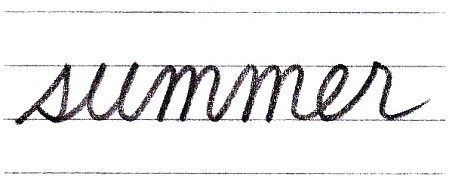※2021.05.15 全画像を変更しました。
I changed all images.
今回は、英語の winter を筆記体で書きます。
こんかいは、えいごの winter(ウィンター) をひっきたいでかきます。
This time, let’s write “winter” of English in cursive.
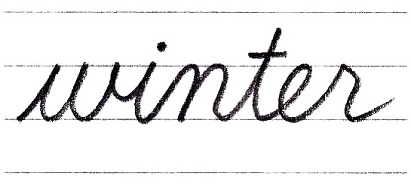
スポンサーリンク
winter = 冬 [ふゆ fuyu]
w ←書き順(かきじゅん)はここをクリック Click here for the stroke order
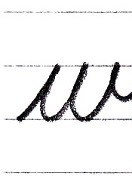
※ i の点は、最後の r の後に書きます。
i のてんは、さいごの r のあとにかきます。
Write the point of “i” after the last “r”.
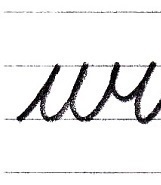
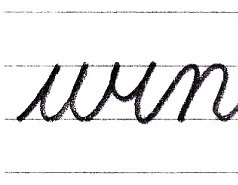
※ t の横線は、最後の r の後に書きます。
t のよこせんは、さいごの r のあとにかきます。
Write the horizontal line of “t” after the last “r”.
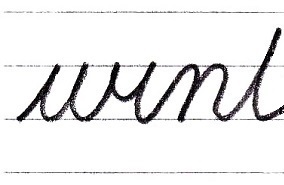
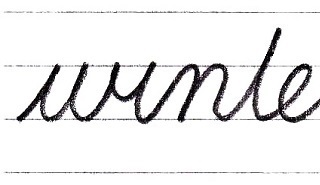
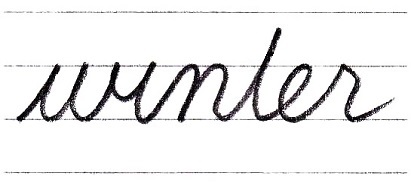
→ winter
※ i の点と、t の横線を書きます。
i のてんと、t のよこせんをかきます。
Write the point of “i” and the horizontal line of “t”.

スポンサーリンク
◎季節の日本語/英語
きせつのにほんご/えいご
Seasons in Japanese / English
春 [はる haru] = spring
※左から楷書・行書・草書
ひだりから かいしょ・ぎょうしょ・そうしょ
From the left, regular, semi-cursive and cursive script
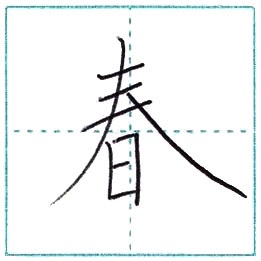
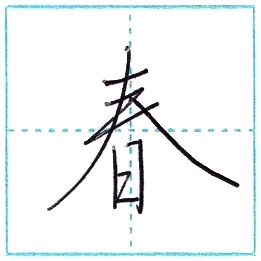
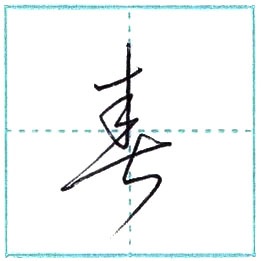
筆記体で書こう(ひっきたいでかこう) ”spring” in cursive
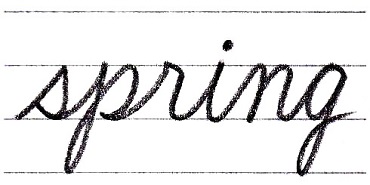
夏 [なつ natsu] = summer
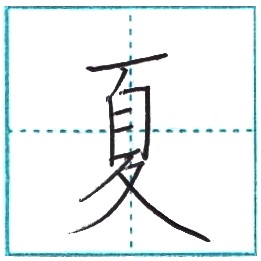
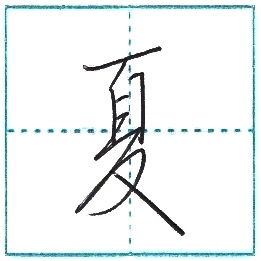
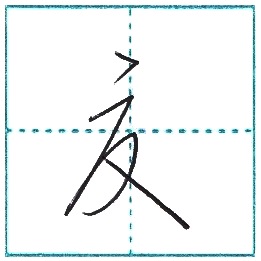
秋 [あき aki] = fall, autumn
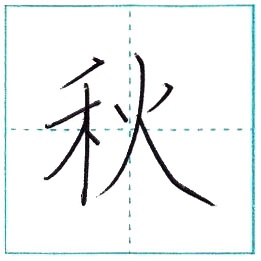
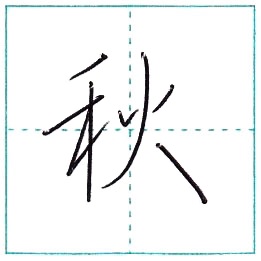
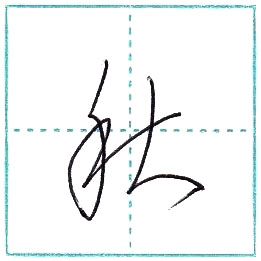
筆記体で書こう ”fall” & “autumn” in cursive
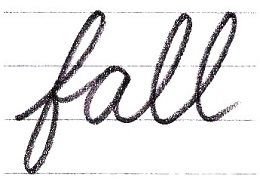
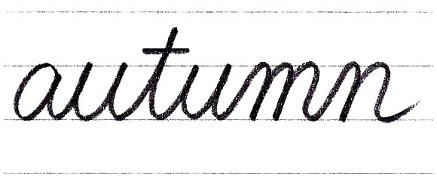
冬 [ふゆ fuyu] = winter
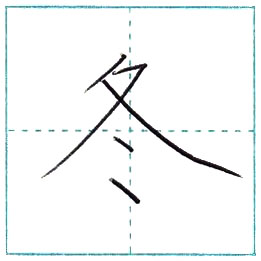
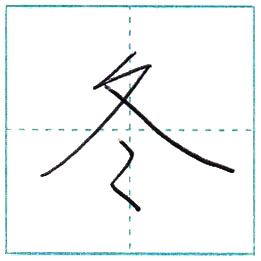
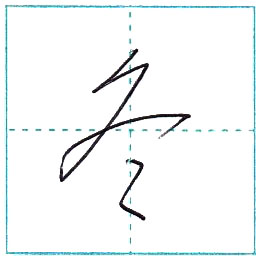
春夏秋冬 [しゅんか しゅうとう shun ka shuu tou] = spring, summer, autumn and winter
季節 [きせつ ki setsu] = season
季節外れ [きせつ はずれ ki setsu hazu re] = out of season
四季 [しき shi ki] = four seasons, “The Four Seasons” by Vivaldi(ヴィヴァルディ bi ba ru di)
※ヴは v の音を表す時に使いますが、日本語の発音には b と v の区別がないので、「ヴィ」は「ビ」と同じ [bi] という音になります。
ヴは v のおとをあらわすときにつかいますが、にほんごのはつおんには b と v のくべつがないので、「ヴィ」は「ビ」とおなじ [bi] というおとになります。
ヴ is used to express the sound of “v”, but there is no difference between ”b” and ”v” in Japanese pronunciation, so ヴィ(vi) is pronounced [bi], same as ビ(bi).
公開日/post 2017.12.31
更新日/update 2021.05.19
筆記体リスト List of English cursive
スポンサーリンク

